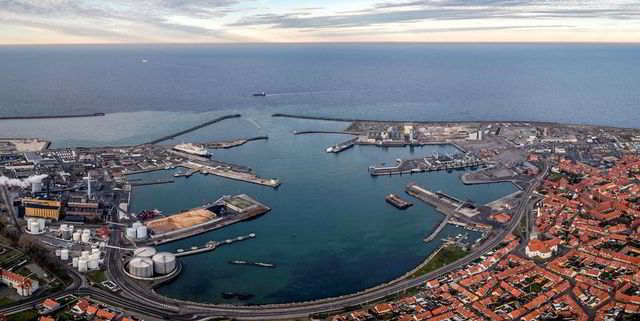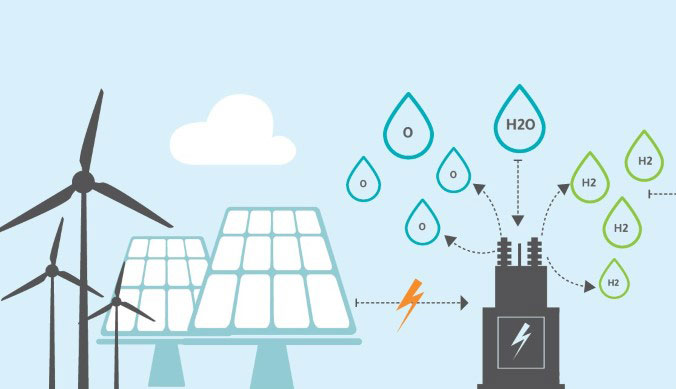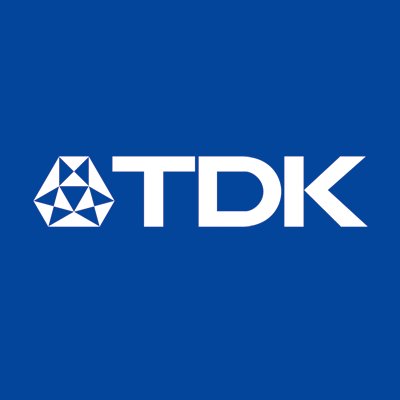Namibia looks towards its first green mega-project
As we reported earlier this March, Namibian President Hage Geingob announced his government is looking to develop and implement national green hydrogen and green ammonia strategies as part of an economy-wide "prosperity" initiative. In an interview with CNBCAfrica this week, Presidential Advisor on Economy James Mnyupe added some more updates.









